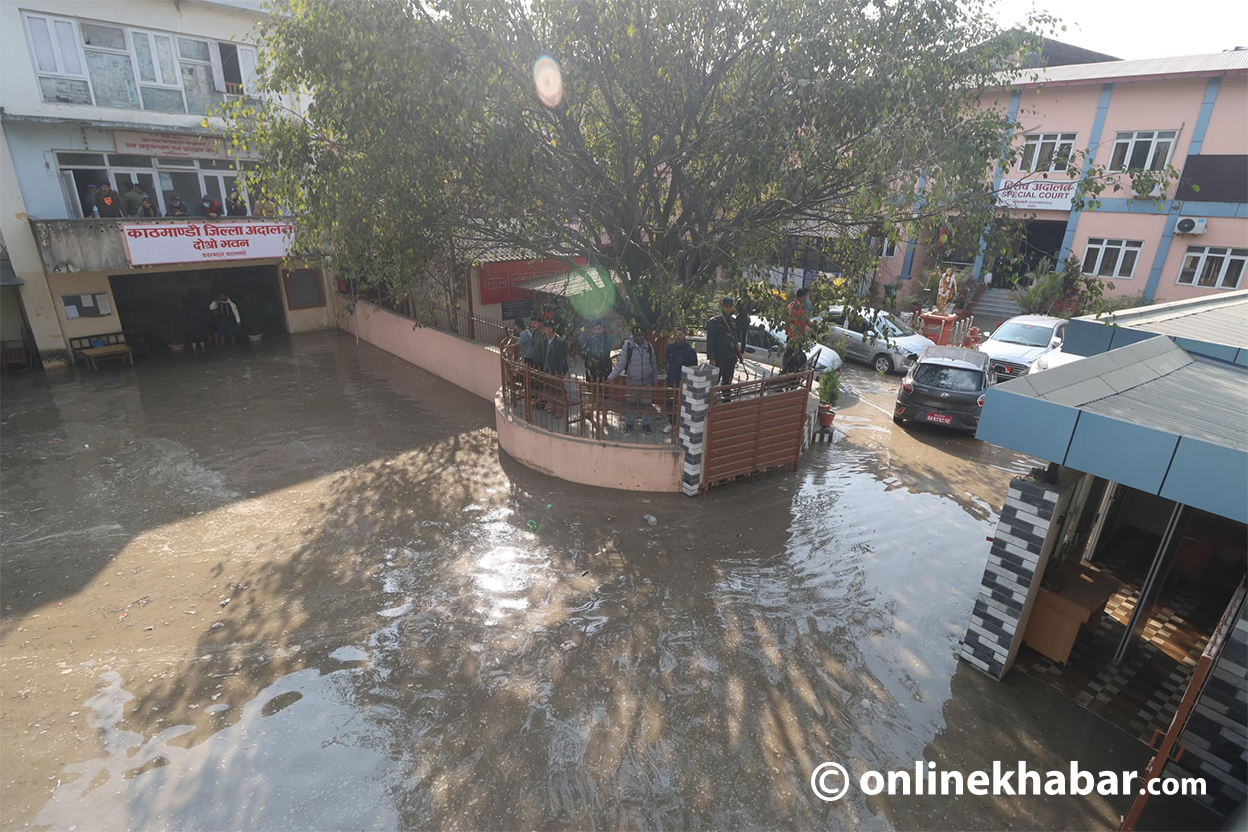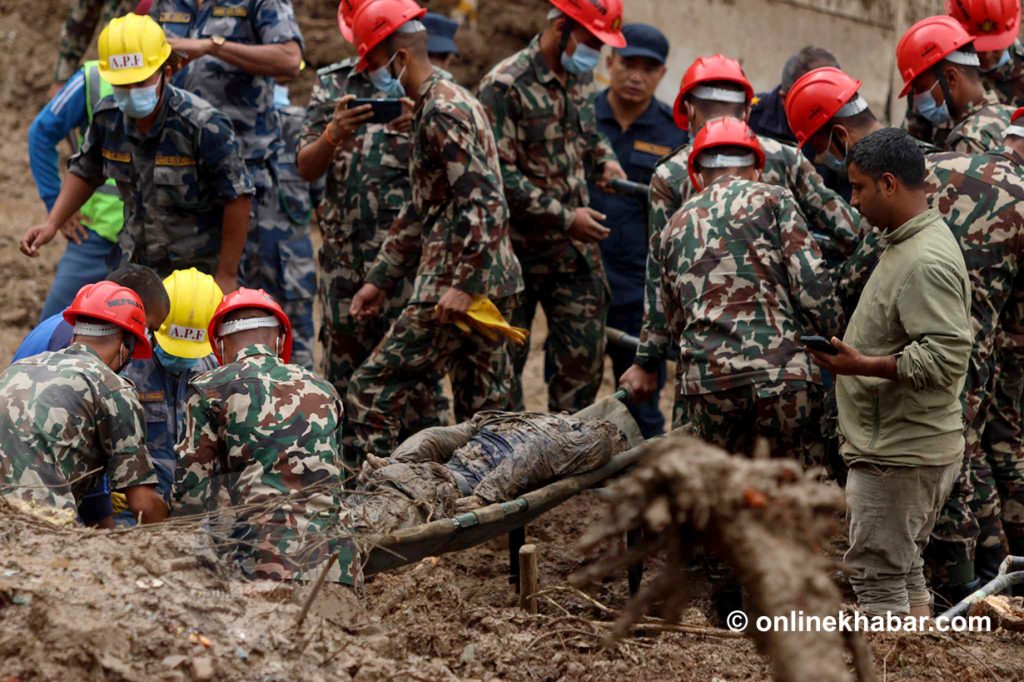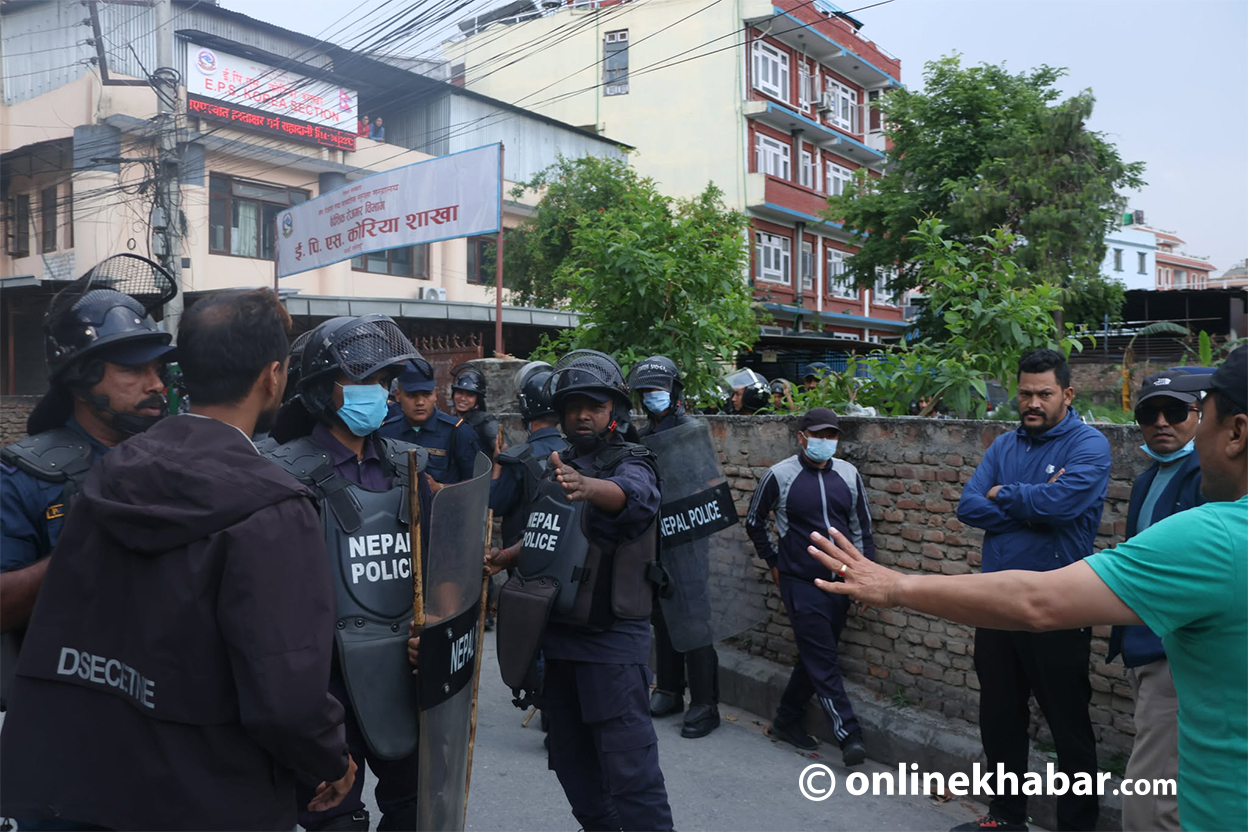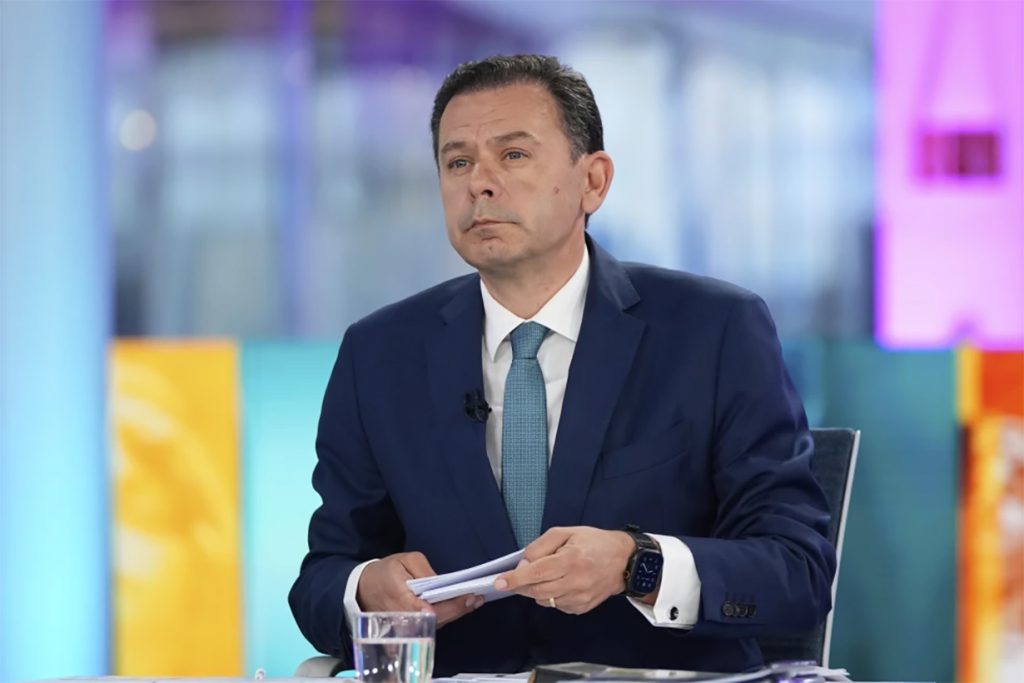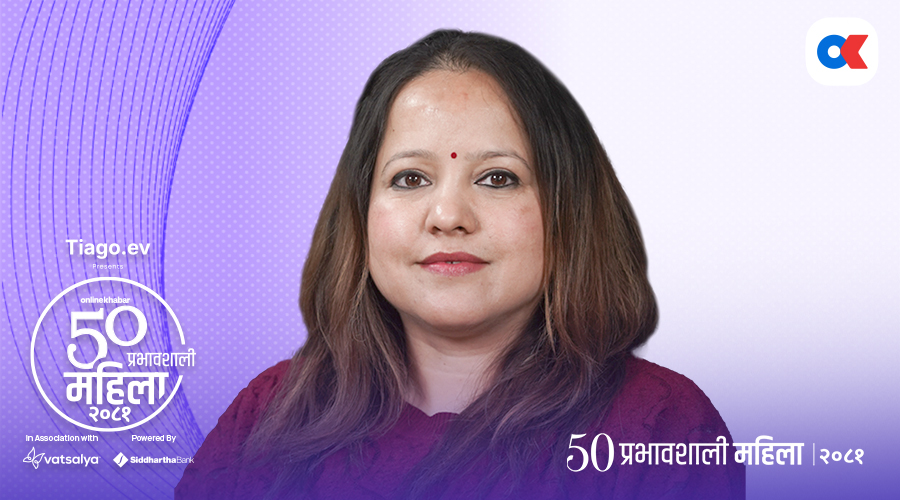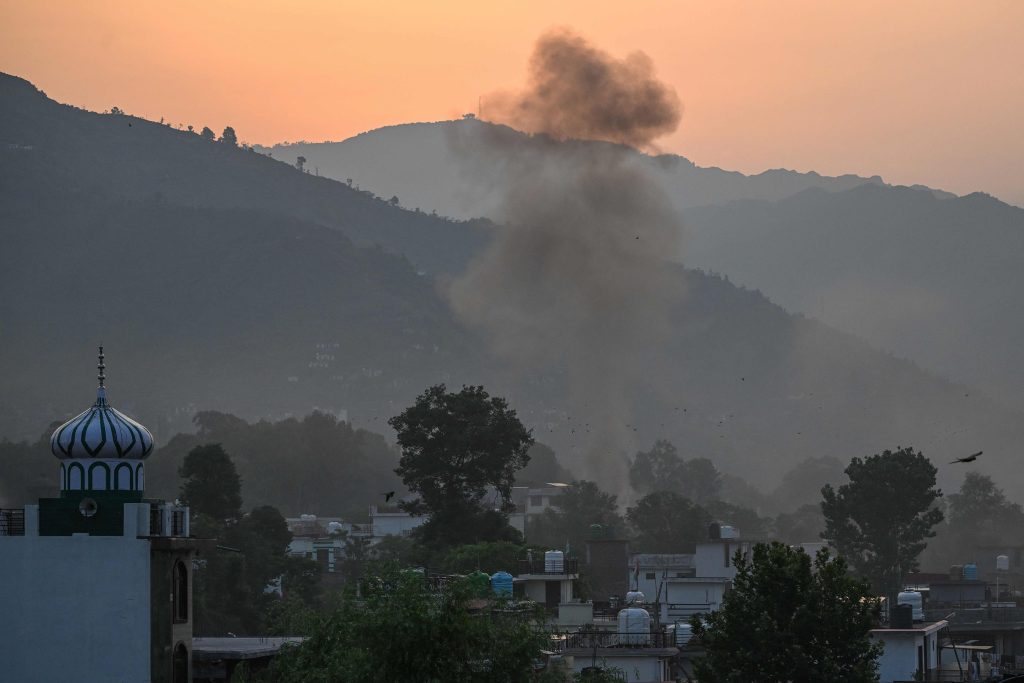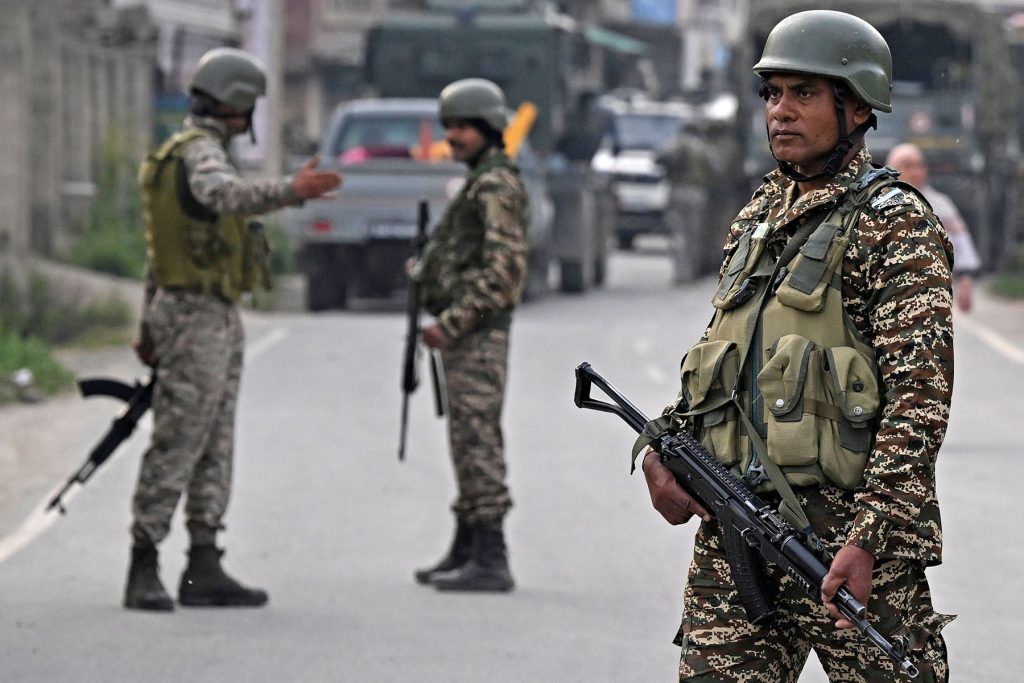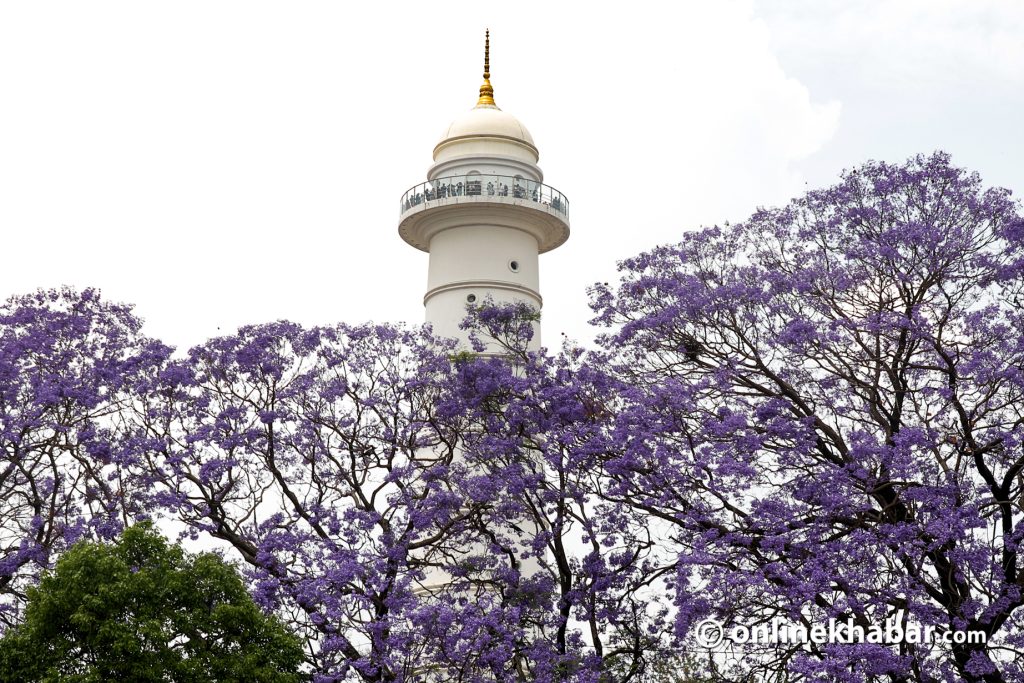
The travails of city dwellers in India due to flooding and waterlogging will only increase unless town planners account for climate change effects while designing stormwater drains
In a typically Indian paradox, large parts of the country remain water-stressed for a greater part of the year, but reel under devastating floods or severe waterlogging after heavy monsoon downpours. Adding to the concerns are new research findings that short-duration rainfall — for about three hours or so — will intensify and worsen, with implications for urban stormwater design.
A study from Indian Institute of Technology (IIT) Gandhinagar, which analysed short-duration rainfall over three hours, has been published in the Geophysical Research Letters (GRL) journal.
The grim tidings come at a time when several regions in India are reeling under heavy rainfall and floods. This monsoon season — and it is only halfway through — floods and heavy rainfall have claimed 537 lives already. In the southern state of Kerala, for instance, excessive rainfall has led to widespread floods that have already claimed 22 lives in rain-related incidents.
In July, Bhubaneswar in eastern India was knee-deep in water. This week, Delhi citizens are bracing themselves for a Yamuna overflow. Mumbai faces flash floods routinely. In 2017, it was Bangalore, and before that Chennai in 2015 and Srinagar in 2014.
Short but intense
The IIT scientists say that urban areas in India face frequent flooding due to increase in short‐duration rainfall extremes. But researchers do not yet know how these events, which are relevant to urban stormwater designs to prevent flooding, change under conditions of 1.5-degree Celsius rise and 2.0-degree rise in temperature, widely predicted due to global warming.
The scientists, who studied data from widely used climate models (Coupled Model Inter-comparison Project or CMIP5) and observations from satellites over the period 1979-2005, report that three‐hourly rainfall peaks are projected to increase by 20% and 25% if the global mean temperature rises above 1.5 degrees or 2 degrees, respectively, from the pre-industrial level. “Our findings provide new insights for urban stormwater designs in India,” the report says.
This increase in short-duration rainfall extremes poses challenges for stormwater design in rapidly urbanising India, they add. “Sub-daily precipitation extremes are more relevant to urban areas than daily precipitation extremes,” said Vimal Mishra, associate professor at IIT Gandhinagar and lead author of the GRL paper. “These short-duration and intense precipitation events cause urban flooding within a very short time.”
“Moreover, sub-daily precipitation extremes are more sensitive to warming compared with daily precipitation extremes. Therefore, it is more important to consider sub-daily stormwater infrastructure design, especially in the urban areas of India,” Mishra said.
Urban flooding may be a result of two factors, he added — permeable soil surfaces being replaced by impermeable concrete floors due to rapid urbanisation, and the strong linkage between an increase in urban rainfall extremes and temperature as shown in his team’s latest study.
“The urban heat island effect (UHI) can also modify the rainfall within urban areas. Therefore, urban flooding events in recent years are mainly due to the failure of current urban stormwater infrastructures, which are not sufficient to handle the excess runoff over the concrete floors.”
No-change design, inaccurate models
Urban stormwater drains and other infrastructure designs are based on calculations of the intensity, duration and frequency of rainfall in an area and plotting intensity-duration-frequency graphs, which scientists describe as IDF curves.
The curves assume that the rainfall occurrence patterns and distributions are spatially similar within a particular drainage area and remain unchanged or stationary throughout the lifespan of the drains. But with climate change projected to alter the rainfall patterns, such assumptions are no longer valid and could lead to inaccuracies.
“In the present scenario, we cannot assume stationary (unchanged) conditions,” Mishra’s colleague Haider Ali said. “If we still consider stationary design, our urban stormwater infrastructure will not be efficient to handle excess runoff, leading to flooding.”
“Our study highlights the importance of redesigning the existing urban drainage system considering non-stationary atmospheric conditions,” added Mishra.
Higher resolution needed
India also needs to improve the resolution of its rainfall and temperature data for use in design. Scientists generally use the widely used climate models called the General Circulation Models (GCMs) to analyse projected rainfall under various global warming scenarios. But the models are of “very coarse spatial resolution and they use simplified physics,” said Mishra.
For example, he says, they miss out on several important physical processes such as air convection, one of the major causes of rainfall in the tropics where warm moist air, a result of ground heating, rises, cools and becomes saturated, forming clouds.
Another factor to consider in rainfall analysis is the so-called return period — the likelihood that the event will recur. Bhupendra Nath Goswami, currently with the department of physics at Cotton University at Guwahati in Assam, and former director of Indian Institute of Tropical Meteorology in Pune, says that while “the need for estimating the return period of short duration precipitation extremes is certainly important, estimating it from the CMIP5 model projections (used in the study) may not be reliable,” which even the authors note.
The models severely underestimate the intensity and frequency of these precipitation extremes, he says. With the model’s best horizontal resolution being about 100 square km, it cannot resolve the small-scale precipitation extremes. “As a result, they all overestimate the light rain rates and underestimate the heavy rain rates,” he said.
The GRL paper follows Mishra and colleagues’ paper in Weather and Climate Extremes journal in June 2018, which looked at extreme rainfall events. The scientists used a combination of grid observations and simulations from two key climate models — CMIP5 and Climate of 20th century plus (C20Cþ) detection and attribution (D&A) project.
Increase in extreme rainfall events
They found that the frequency and intensity of extreme rainfall events have increased in India during the last few decades. From 1979 to 2015, so did the dew point temperature — the temperature at which water droplets begin to form. A higher dew point means more moisture in the air, which leads to more humidity and discomfort at one level and increases the possibility of cloud formation and rains at another.
The study also shows that the frequency of rainfall extremes is projected to rise more prominently in southern and central India in the middle and end of the 21st century and that warming due to human activities contributes significantly to the rise of the frequency of extreme precipitation (rainfall and snowfall).
The paper says this has implications for infrastructure, agriculture, and water resources in India.
“At present, urban stormwater designs are focused on flood engineering, on control and civil structures. There is a need for flood management, flood to be also seen as a resource,” said Suresh Rohilla, programme director, water programme centre at Centre for Science and Environment, a Delhi-based think tank.
The current and future urban development needs to provide for maximum possible flood management and moderation; as well as a run-off plan for flood engineering and control. “Flood water runoff needs to be also seen a major resource for a water-stressed country like India, and there is a need is to store and moderate the rainwater runoff before letting it go to river, lake or ocean,” he said.
Urban floods
The increasing urban floods in India can be attributed to several factors, including increase peak runoff with increasing intensity of peak rainfall; rampant and uncontrolled increase in built-up areas; and encroachments or systematically filing up of existing lakes, ponds, wetlands and floodplains for urban development such as housing and infrastructure, said Rohilla.
India needs more water-sensitive urban design and planning; an integrated urban water management that takes into account water, sanitation, stormwater, and integrated land and water management in its towns and cities. “All drains are sewage drains and used for dumping solid waste, mainly construction and demolition waste,” he pointed out.
India also suffers from lack of modern flood forecasting, shortage of monitoring stations and lack of capacity and skills in institutions and officials responsible for addressing flooding problems, Rohilla said.
This story was first published on India Climate Dialogue. Read the original story here.




